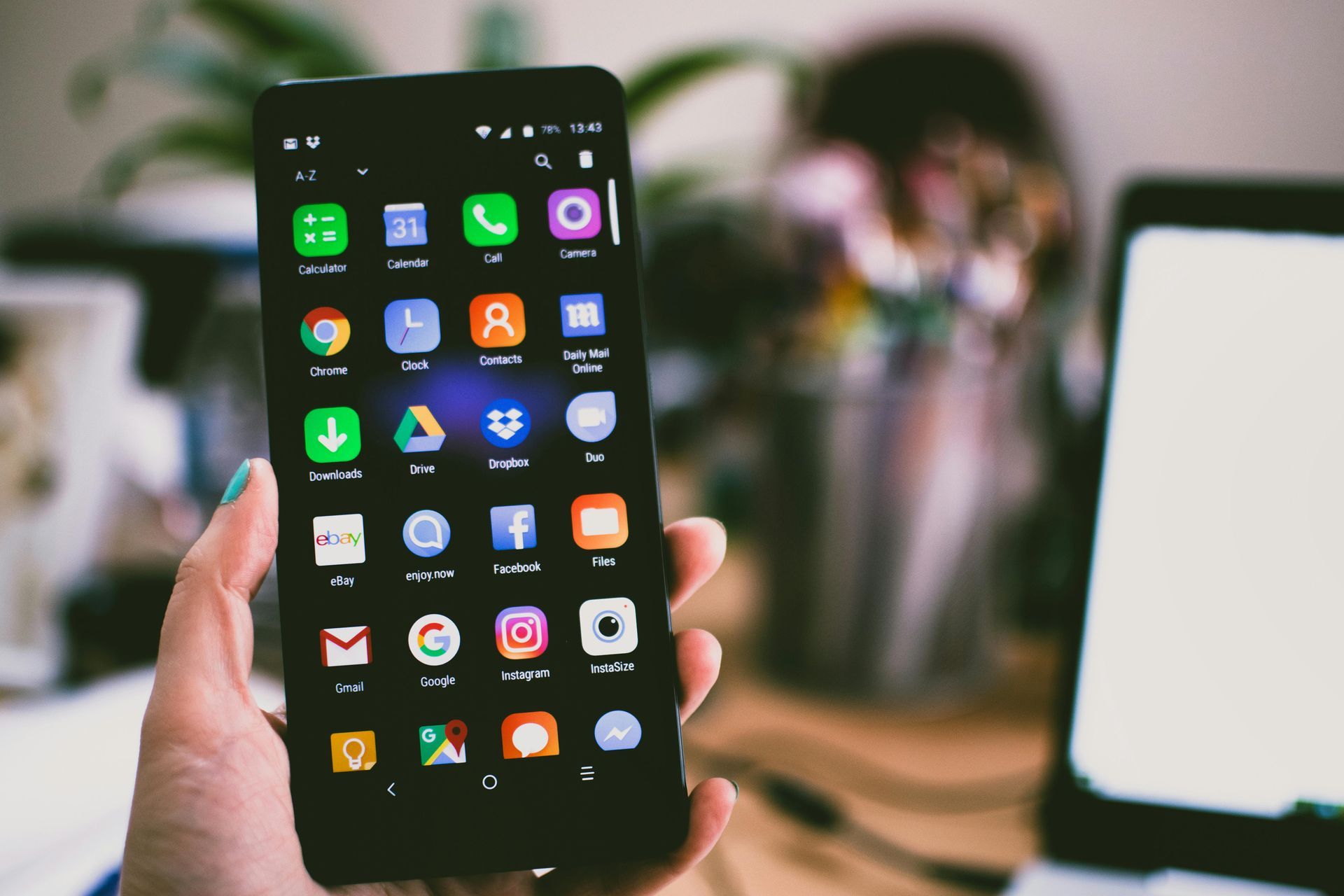Travel PR vs. Travel Marketing: What’s the Difference and Why Do You Need Both?
The travel industry is one of the most competitive markets in the world. Whether you’re a tour operator, travel agency, or travel technology provider, standing out requires more than just having a great product.

It requires visibility, credibility, and influence—which is where PR and marketing come into play.
But here’s where many businesses get stuck: What’s the difference between PR and marketing? And do you really need both?
At The Travel Vox, we help travel brands understand the power of combining PR and marketing to create a comprehensive strategy that not only drives awareness but builds trust and ultimately converts engagement into business growth.
In this article, we’ll break down the key differences between PR and marketing in the travel trade, why each is essential, and how they work together to maximise your brand’s impact.
What is Travel PR?
PR (Public Relations) is all about managing your reputation and building credibility. In the travel industry, PR focuses on:
Securing media coverage in travel trade and consumer publications.
Positioning your business as a trusted expert through thought leadership.
Managing brand perception in the industry.
Handling crisis communications when challenges arise.
Establishing relationships with journalists, influencers, and stakeholders.
PR isn’t about direct sales. Instead, it’s about shaping the conversation around your brand. A strong PR strategy ensures that when people talk about your business, they’re talking about it in the right way.
For example, if a travel tech provider secures coverage in Travel Weekly, Travolution, Skift, or PhocusWire, they’re automatically positioned as an industry leader, increasing trust and visibility. That’s PR at work.
What is Travel Marketing?
Marketing, on the other hand, is focused on driving awareness, generating leads, and increasing sales. In travel trade, marketing includes:
Social media campaigns that promote products and services.
Email marketing to nurture relationships with potential clients.
Content marketing, such as blogs, whitepapers, and videos.
SEO and paid advertising to attract new customers.
Brand positioning and messaging to ensure consistency across platforms.
Marketing is about direct engagement—it actively promotes your business to potential clients, encourages inquiries, and guides customers through the buying process.
For example, a tour operator might run a targeted LinkedIn campaign promoting a new product. That’s marketing in action—directly influencing buyer decisions.
PR is about influence and credibility, while marketing is about promotion and conversion.
So, do you need both? Absolutely.
Why Travel Brands Need Both PR and Marketing
Many travel businesses focus on one over the other—either investing heavily in PR but neglecting direct marketing, or running ad campaigns without working on credibility. The truth is, they work best when combined.
1. PR Builds Trust—Marketing Converts It
People buy from brands they trust. A travel technology provider featured in major trade publications will gain credibility, but that alone won’t bring in clients.
Marketing takes that trust and turns it into action—with strong messaging, lead generation strategies, and targeted promotions.
2. PR Amplifies Marketing Efforts
When PR secures high-profile media coverage, it makes marketing more effective. If your business is already positioned as a thought leader, your marketing campaigns will resonate more deeply with potential customers.
For example, if a travel agency CEO is regularly featured in industry publications discussing key trends, their LinkedIn marketing campaign promoting a new product will be far more impactful because the audience already sees them as an authority.
3. PR Strengthens Long-Term Brand Positioning
Marketing campaigns often have short-term goals—generating leads for an upcoming season, driving attendance to an event, or increasing product sign-ups.
PR, on the other hand, is about long-term credibility. Businesses with strong PR foundations don’t have to work as hard to get attention.
Think about companies like Expedia or Booking.com. Their PR teams have spent years building industry credibility—so every time they launch a new product, their marketing is amplified by an existing reputation.
4. PR Helps in Crisis Management
The travel industry is unpredictable—flight disruptions, global crises, or even a negative review going viral can damage a brand overnight.
A good PR strategy ensures that when things go wrong, your business controls the narrative. Marketing alone can’t fix reputational issues—PR is essential in restoring trust.
5. Marketing Supports PR by Keeping the Brand Visible
PR efforts—such as media coverage or awards—are valuable, but without marketing, they fade quickly. If you’re not actively engaging with your audience, people forget.
Marketing ensures that PR wins are leveraged for ongoing engagement—by sharing them on social media, integrating them into email campaigns, and using them as proof points in lead generation.
How Travel Businesses Can Use PR and Marketing Together
A successful travel trade strategy blends PR and marketing into a single, seamless approach. Here’s how:
1. Thought Leadership as a Bridge Between PR and Marketing
Thought leadership is one of the most powerful ways to link PR and marketing. Businesses can:
Secure guest articles and op-eds in leading travel trade publications (PR).
Share those articles via LinkedIn and email marketing to increase reach (Marketing).
Repurpose content into blog posts, videos, and webinars to engage audiences further.
2. Use PR Wins to Strengthen Marketing Campaigns
If your company is featured in a major publication, don’t just let it sit there—make it work for you:
Share media coverage in newsletters and social media.
Incorporate coverage into sales presentations and proposals.
Use PR mentions in advertising and lead generation campaigns to reinforce credibility.
3. Align Messaging Across PR and Marketing
One of the biggest mistakes travel brands make is inconsistency in messaging. Your PR and marketing teams should work together to ensure that media coverage, brand messaging, and promotional materials all reinforce the same key messages.
4. Train Leadership Teams to Be Visible Across Both
At The Travel Vox, we train travel professionals on how to become industry thought leaders—ensuring they’re not just featured in PR efforts but are also actively engaging on LinkedIn and other platforms.
The more visible and trusted leadership teams are, the more effective both PR and marketing efforts will be.
Final Thoughts: Travel PR and Marketing Work Best Together
In the travel trade, you can’t rely on PR alone, and you can’t rely on marketing alone. The brands that thrive are the ones that combine both—building trust through PR and converting that trust through strategic marketing.
At The Travel Vox, we help travel businesses craft integrated PR and marketing strategies that don’t just generate visibility, but drive real business growth.
So, the question is: Is your travel brand using PR and marketing together—or are you leaving opportunities on the table?
#TheTravelVox #TravelPR #TravelMarketing #B2BTravel #ThoughtLeadership

get in touch
STAY TUNED
Contact Us
We will get back to you as soon as possible.
Please try again later.
All Rights Reserved | TravelVox Ltd
Mill Lane, Wimborne, Dorset, United Kingdom, BH21 1LN
Company number 15989094









